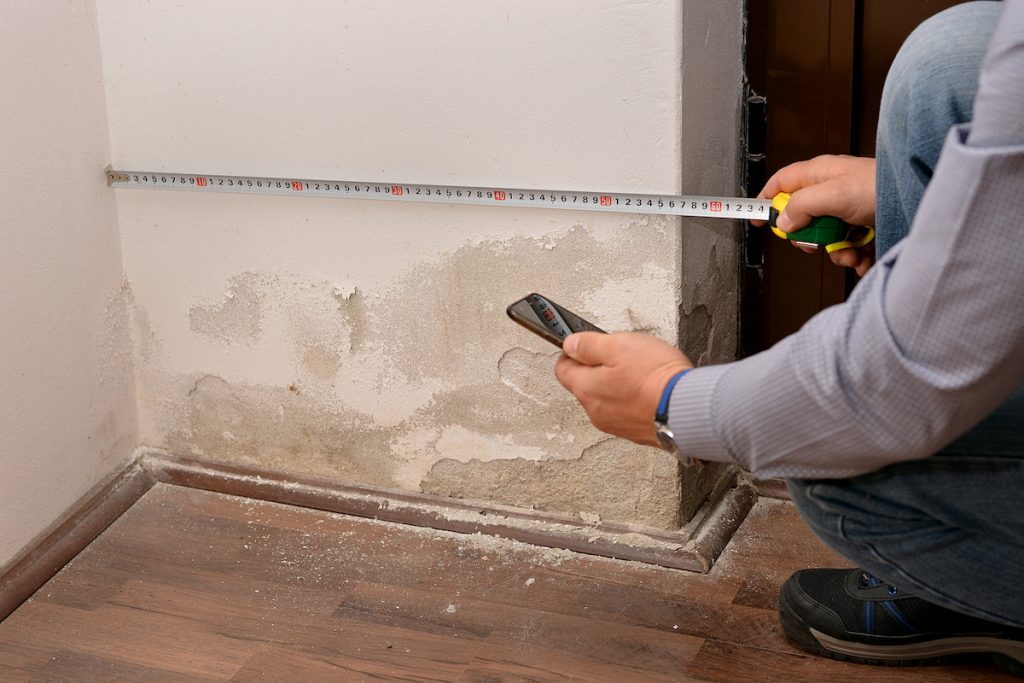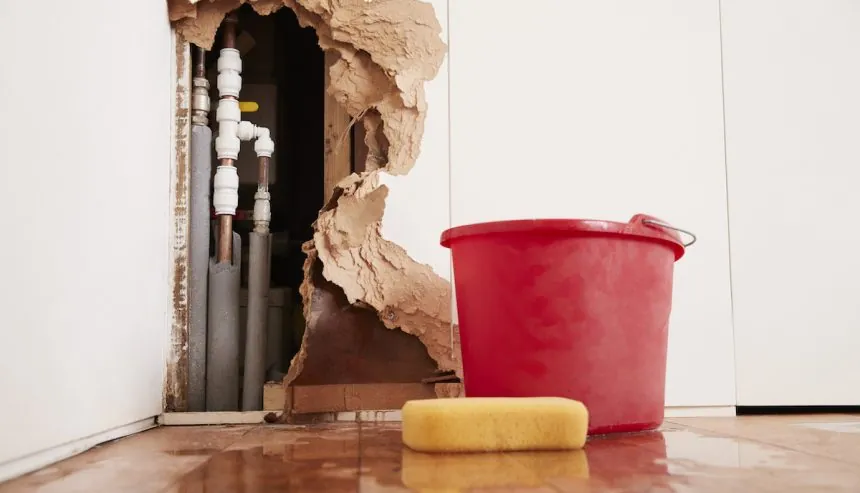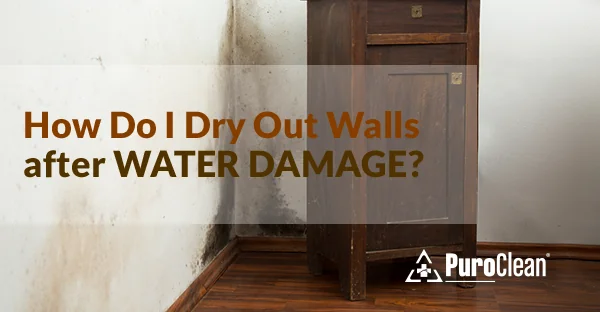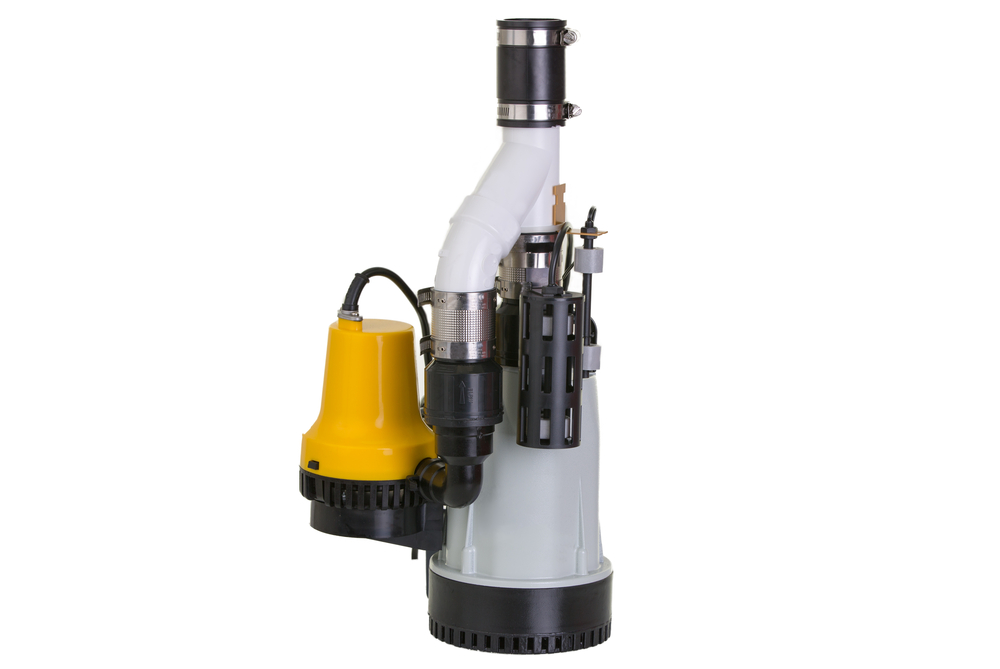Water damage is one of the costliest disasters that can happen to a house. It can lead to mold, structural deterioration, and even personal health issues when left untreated. There are numerous indicators of hidden water damage, and many of them remain hidden until it’s too late.
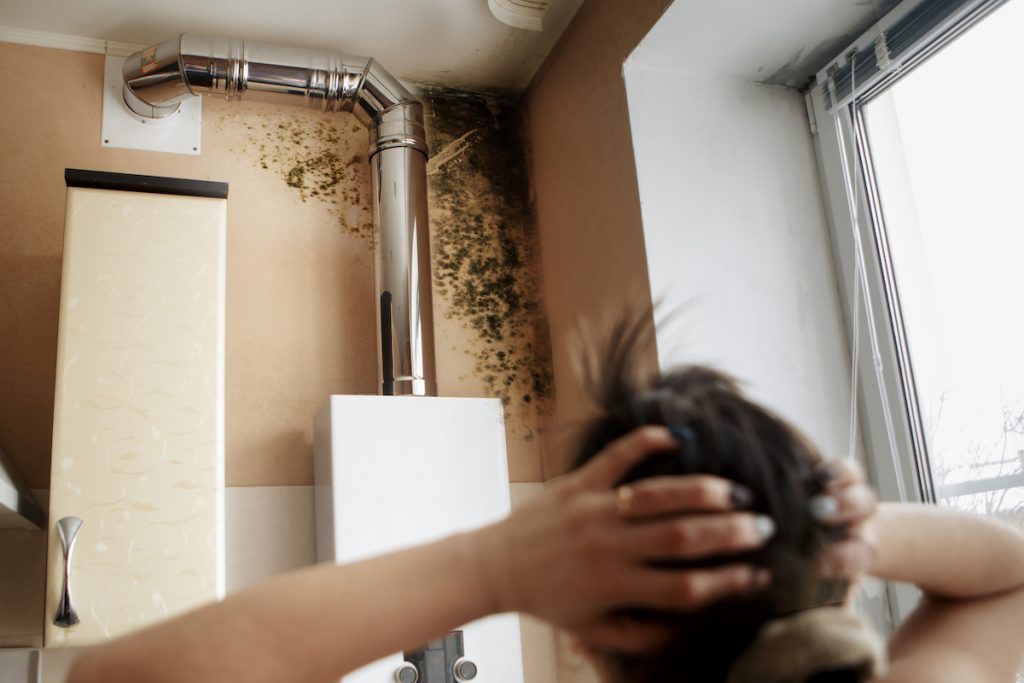
While some homeowners know enough about water damage to spot trouble early, others might overlook some sure signs due to a lack of experience with this type of problem. This blog will explore eight of the most common signs of water damage you should look for in order to detect water damage in walls that may plague your home without you knowing it, and, more importantly, what you can do about it.
8 Major Signs of Excessive Moisture in Your Walls
There are usually clues that indicate a problem with your home’s walls containing excess moisture. However, they might not be noticeable at first glance. Distinct smells, buckled ceilings, and structural damage such as nail pops, drywall cracks, and grout cracks that appear suddenly are just a few of the common signals. Knowing what to look for will help you give immediate attention to the problem, get started on a solution as quickly as possible, and hopefully avoid more extensive damage.
Bubbles in the paint on the wall.
One clear sign that indicates a problem with your home’s walls is bubbling under or around patches of peeling paint. These types of bubbles usually form from a buildup of water. This collection of water stretches the paint, leading to bubbling. Though the bubbling is obvious, you won’t know how much water is behind the paint, so it’s best not to pop these bubbles.
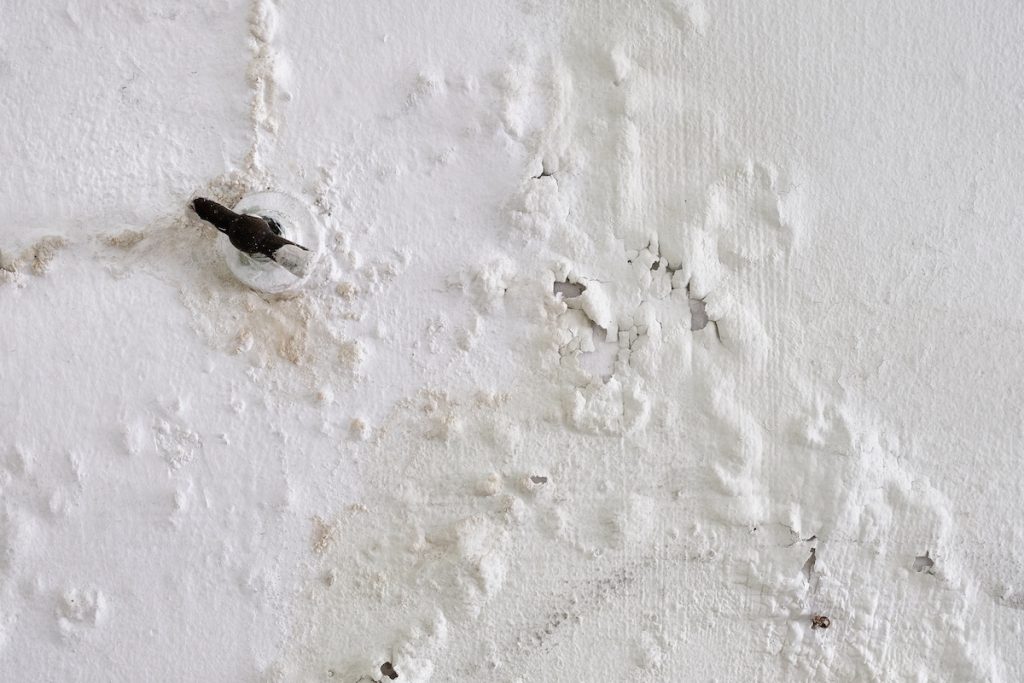
Warping in a door casing or walls.
Warping in a door casing or the walls can also mean water damage. Similar to how the bubbles form, warping occurs from water getting behind the walls. The sheetrock absorbs the water, warping the door casing or walls. If not treated, these warped walls can lead to severe structural issues.
Softened drywall.
Softened drywall is an often-overlooked indicator of more serious problems. Moisture and water that get behind the wall cause the backside of the drywall to soften and even become mushy. Look for soft spots or wet spots in the drywall and gently press into them. If the drywall depresses, there is most likely water damage.
Mold on your walls’ surfaces.
Mold growth can form quickly when moisture is consistently present in the air. It’s not always easily detected, but if visible, mold can present itself in many different colors, including black, green, or blue. When mold is present, you might also see condensation or water stains that are darker than the rest of the wall. This could mean the water damage is worse than you think.
Musty Odors.
A musty smell is an easy alert that something is amiss. The distinct smell can let you know about hidden water damage that your eyes cannot see. Follow your nose to locate the affected wall and look for any water leakage around the area. If you are unable to locate the water damage yourself, that doesn’t mean it’s not there.
Increased Water Bill.
If all else fails – follow the money. An unexpected increase in a home water bill can be a big red flag that a hidden leak may be wreaking havoc on your home. Pay attention to your water bills each month, so you notice any discrepancies.
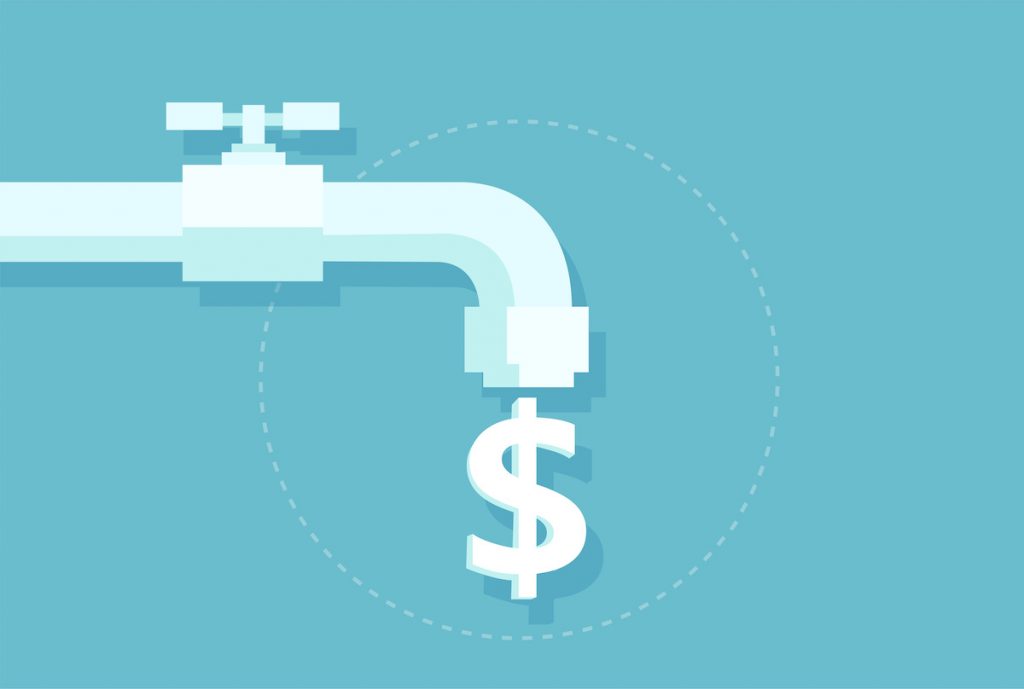
Water Damage in Walls Can Lead to Very Serious Structural Damage if Left Untreated
Water damage isn’t a one-size-fits-all situation. The damage can occur in numerous ways, including heavy rain, leaking or burst pipes, etc. And the water damage cleanup is also unique to each house and its structural problems. How long the water leak goes undetected can have an effect on how much water damage you’ll have to deal with and what kind of repair costs you might expect.
Each situation involving water damage can be different, but the signs aren’t as unique and, unfortunately, are often missed. If left unaddressed, the problem will only worsen, and cost more money and time with repair work.
How to Handle Hidden Water Damage in Walls
Knowing what to look for is the first step, but what do you do when you suspect or even find water damage in your walls? You should reach out to professionals immediately to help with water mitigation and any serious damage. Putting it off or trying to handle the water damage yourself can lead to bigger problems. It doesn’t take long for a small leak to become a more serious problem.
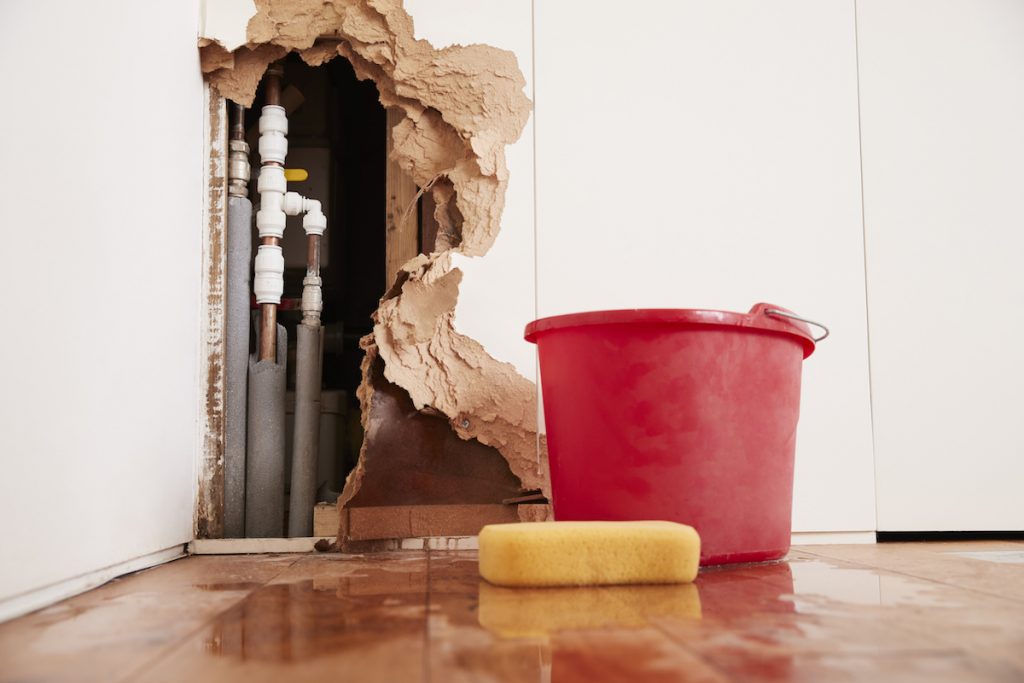
Before the experts arrive, there are a few steps that you can take. First things first, turn off any water! Make sure all faucets and running water are turned off. It also doesn’t hurt to turn off your water valve at this point; any way you can stop the water flow is helpful.
This can also help you determine if a hidden water leak really is the culprit. When the water is turned off, check, and record the water usage numbers from the water meter. Then, leave the water off for at least three hours. After that, check again. If the water usage has gone up without any water running, that is more evidence that you have a hidden water leak or even water leaks.
PuroClean’s Water Damage Restoration Experts on Call 24/7
If you have seen any of these signs in your home’s walls, it would be best to contact a professional as soon as possible to inspect them for further damage before it progresses even more! Handling water damage is not recommended at all.
At PuroClean, our professional technicians are on call 24/7 to help with any water damage needs. Our experts work efficiently and effectively to find the source and address the problem. Don’t hesitate, contact us today!
